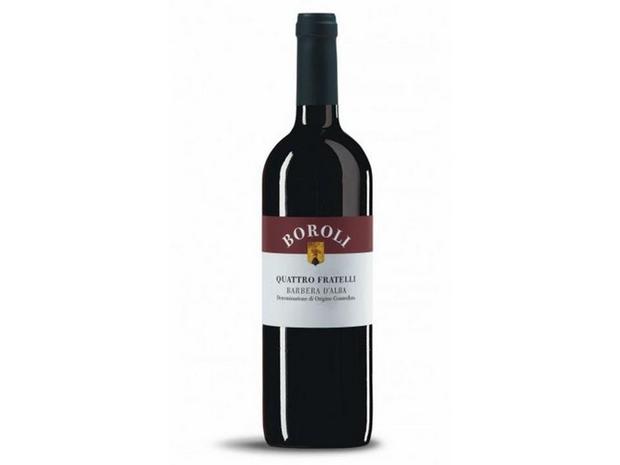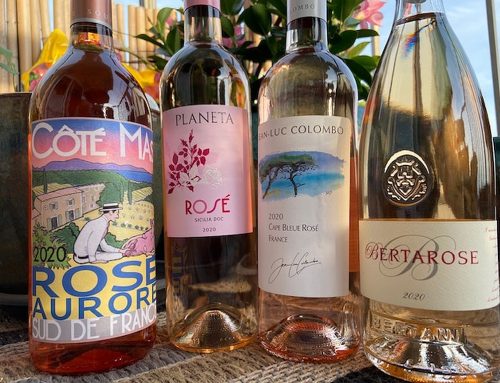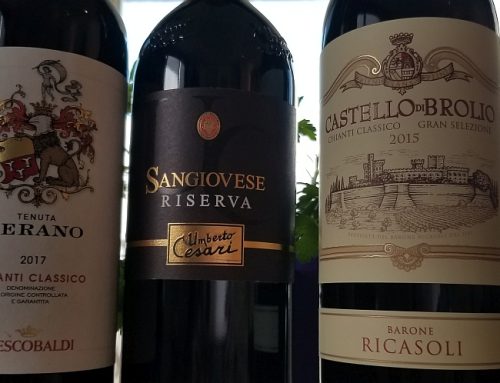The 2011 Boroli Quattro Fratelli Barbera d’Alba is from a family that knows how to please the palate and the purse.
Since 1831, the Borolis have been in Piedmont’s textile and publishing businesses; in 1997, Silvano and Elena Boroli decided to enter the wine world, and in 2001, the hospitality industry.
It is not unusual for successful entrepreneurs to enter the wine world, but when they do, it is usually at the high-priced end of the business. No better example of this exists than Napa Valley. The Borolis’ decision to plow the fields of Piedmont could have yielded the same result had they focused only on Barolo or Barbaresco; fortunately, they also cultivate Piedmont’s everyday wine Barbera d’Alba.
The barbera vineyard clings to the steep Madonna di Como hill, a few miles from the center of Alba. The hill has been a vineyard from time immemorial; it gained its name from the Romans, who used the term Como to describe a procession of young dancers honoring the wine god Bacchus. On Madonna di Como’s peak, the Borolis built Locanda del Pilone, a small guest house with a Michelin-star restaurant; I dined there in 2006 and 2008.
The vineyards and winemaking are overseen by the family’s third son, Achille Boroli, with the consulting service of one of Italy’s best enologists, Beppe Caviola. This team produces classic-style wines.
The name of the 2011 Boroli Quattro Fratelli Barbera d’Alba explains that the family has four sons. They should be very pleased with the wine’s clear red color and traditional medium body built around a tangy black cherry fruit flavor and vibrant acidity. This Barbera d’Alba style complements nearly every food presentation. Unfortunately, it is becoming rarer, as many producers have changed their barbera to the high alcohol, overripe and oaky style that certain influential wine critics give high scores to.
The Borolis created the successful formula twice: offering the cognoscenti savory wine and gracious dining at satisfying prices.








Leave A Comment